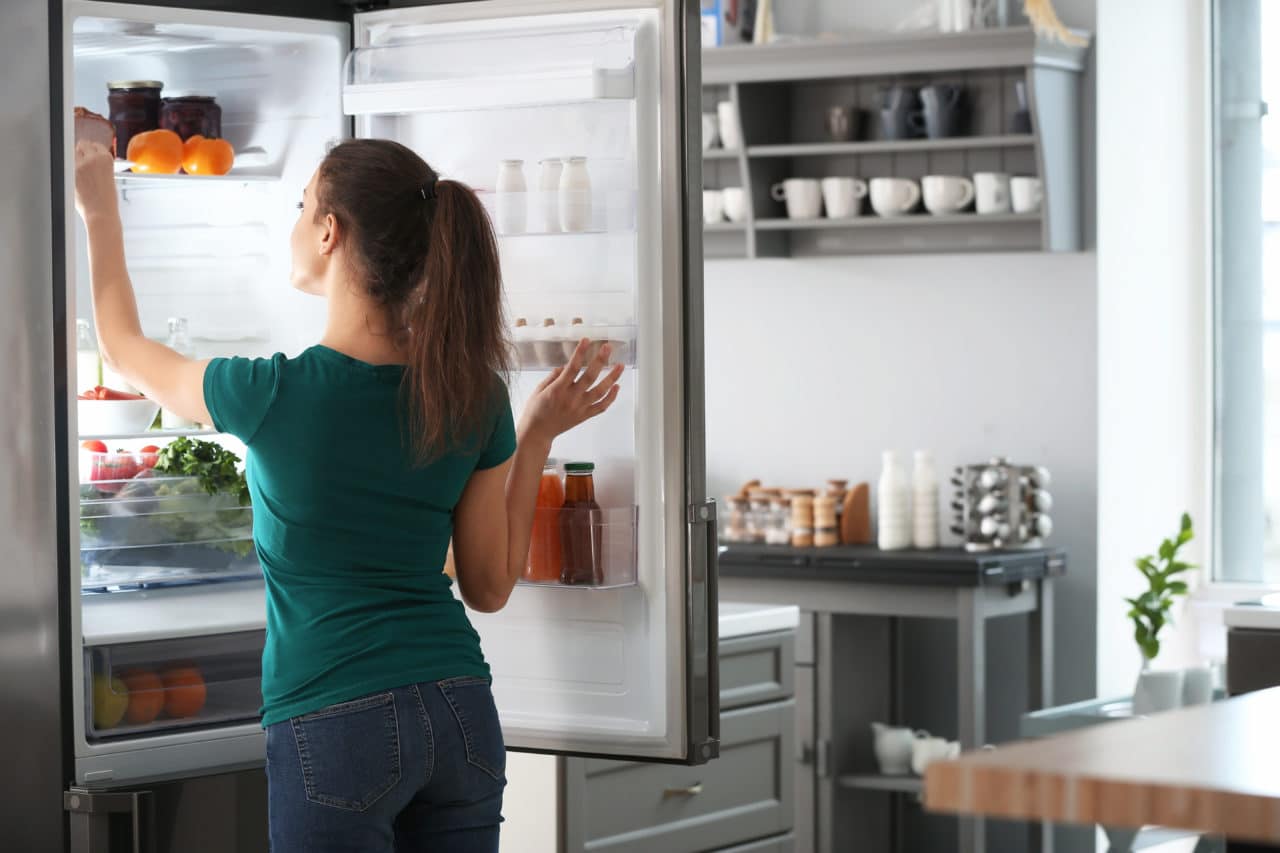Dealing with a broken refrigerator is never high on anyone’s wish list. The thought of throwing away hundreds of dollars worth of food while having to deal with the cost and logistics of repairs is downright stressful. Here is a list of some troubleshooting tips you can try for yourself before enlisting the help of a professional appliance repair technician. These steps may help you diagnose the cause of your refrigeration problems.
If you find that the problem is too big to handle on your own, or if dabbling in minor refrigeration repair isn’t your thing, Lee Company is always here to help.
Ensure the Refrigerator is Getting Power
This may seem a bit obvious, but it’s a good place to start troubleshooting. A loose power cord or a tripped circuit can quickly shut down your refrigerator’s power supply. To check, simply open the door. If the light is still on, your refrigerator is getting power. If everything is dark, check the outlet and circuit breaker to see if the problem is in any way associated with electrical power.
Check the Thermostat
Most new refrigerators come with a standard preset temperature between 35-37 degrees Fahrenheit for optimal cooling. However, the thermostat can accidentally get bumped and result in an unstable temperature inside your refrigerator. This is an easy fix. Just check the temperature control inside the refrigerator and adjust accordingly. Check-in after a couple of hours to see if the problem was fixed.
Test the Refrigerator Door Seals
Even if the electrical components inside your refrigerator are functioning properly, it may be leaking cool air due to improperly sealed doors. To check for this, just open your refrigerator and inspect the rubber seals that line the doors. Look closely to see if any portion of the seal is cracked or missing. Additionally, make sure that your refrigerator is not so full that the doors are unable to form a seal.
Lastly, make sure your refrigerator is on level ground. An unlevel refrigerator can leak cool air due to improperly sealed doors. If this is the case, the ground below will need to be leveled to prevent leaning.
Clean the Condenser Coils
Your refrigerator contains condenser coils that serve to keep your fridge cool. If they are not contained inside of a sealed unit, they can quickly become clogged with dust, dirt, grease, and grime that compromise their ability to cool. Always unplug your refrigerator before touching any of the electrical components. Once it is unplugged, brush off coils or vacuum in between them to remove any debris that may be hampering proper functionality. Cleaning the condenser coils will help your refrigerator cool more efficiently.
Make Sure the Vents Are Not Blocked
For a refrigerator to cool properly, cold air needs to circulate between the vents and refrigeration coils. This movement enables cold air to freely circulate inside the refrigerator. If the vents are blocked, the refrigerator can’t fulfill its destiny. If you notice that vents are blocked with grime or other debris, remove it as soon as possible to keep the compressor from burning out. This will keep your refrigerator running smoothly.
Schedule an Appointment with a Professional Refrigerator Repair Technician Today
Hopefully, some of these tips are helpful in troubleshooting minor problems with your refrigerator. However, there’s no need to worry about a broken refrigerator for long. Calling a professional to diagnose the problem will reduce your time spent replacing spoiled food and save you money trying to diagnose the problem and fix it yourself.
The experienced refrigerator repair technicians at Lee Company can quickly assess the problem and determine the solution for fast, easy, and efficient repair. Request an appointment today to get your refrigerator working good as new.


